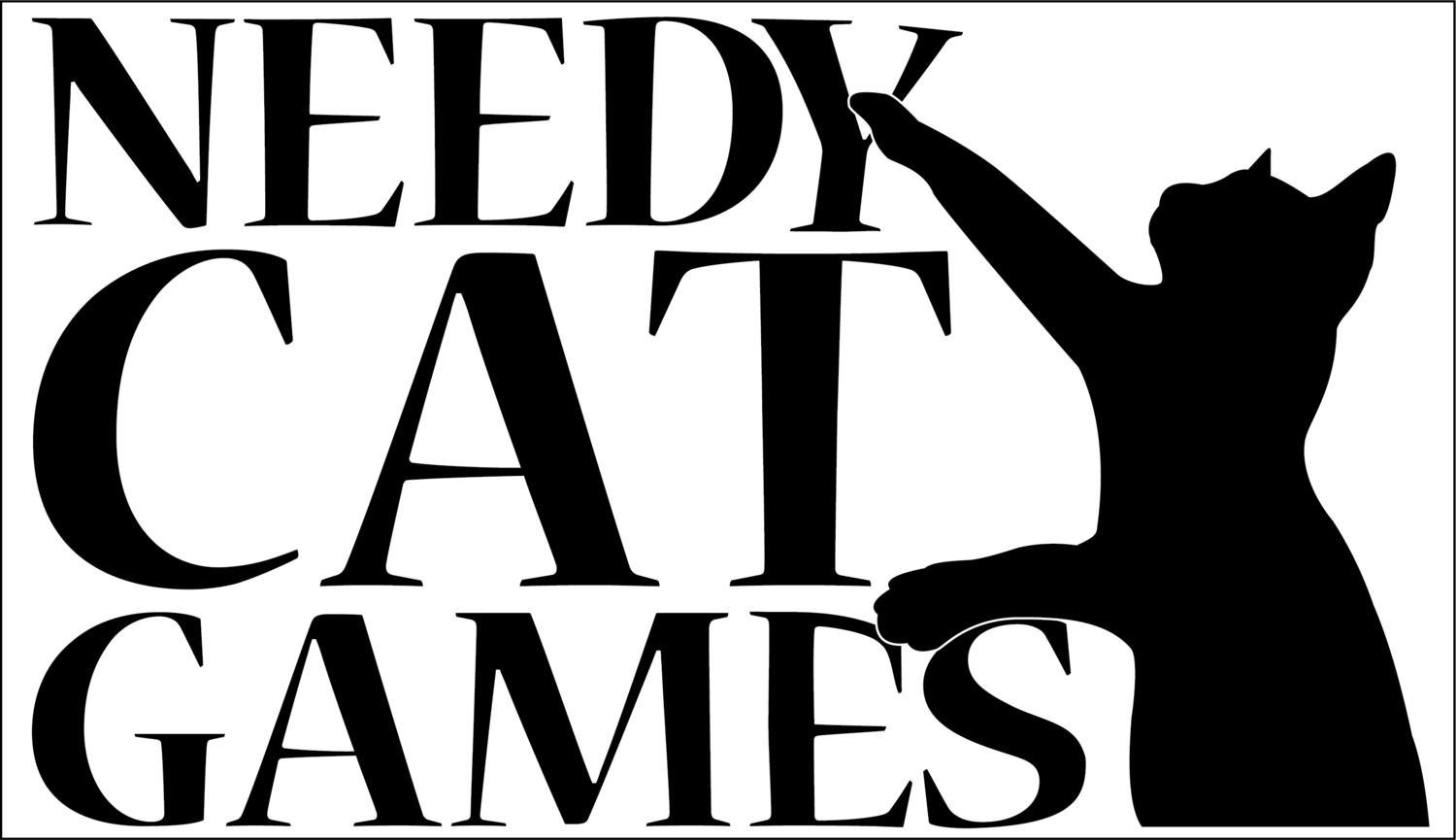Today we’re going to talk about the ideal process of creating art for a client. This isn’t the only process and each client will differ slightly in their preferences. Many of you may end up working for very small businesses or individuals, who are new to commissioning freelancers and how to manage art through the development process. If you can support your client through that process, rather than just reacting to them, then you’re likely to create a very good reputation for yourself. Also, the process will be less stressful for everyone involved and you will be minimizing the amount of time you spend fixing problems. As a freelancer, your time is your money, so this is a major bonus!
THE PROCESS
In principle, the process of creating art to a brief can be very simple:
· Commission
· Brief
· Work In Progress
· Deliver Final
· Amends
· Get Paid
We’re going to have a closer look at each step, but there’s a lot so this is going to go over several blog posts. Today we’re going to look at Commission and Brief:
Commission
I’m not going to go into the details of contracts and fees – there’s loads of info out there and I’m not a legal expert. But I will so far as to say that you must always sign and contract and agree your fees before starting any work. ESPECIALLY WITH FRIENDS.
It does not have to be 10 pages long, you can even download them for free from loads of legal websites with a free 10 day sign up (just remember to unsubscribe afterwards). But you must be in agreement on who owns the art, whether it can be reproduced in/ on other products, and even altered (and who does the altering). This sort of thing down the line breaks up friendships, relationships, partnerships and your reputation. They also have no obligation to pay you if you don’t have a contract. So don’t do it.
Incidentally, businesses of all shapes and sizes will try to get out of paying you. The life of a freelancer is also one of a debt collector, trouble-shooter and agony aunt, but that’s for another blog. If you do not have a contract, you do not have a leg to stand on. The end.
Brief
You should know when to expect the brief and this should detail everything you need to know about the piece of art you are creating. Some key things are:
· Due Date
· Work in progress delivery dates
· Size with and without bleed
· Resolution
· Description of setting
· Description of artwork
· Does it need to be on multiple layers
· What are they using the artwork for?
· Does the artwork need to accommodate space for text?
They should also ideally supply Reference images that demonstrate the desired palette, tone and art style. These can be of art they have already got for their product of some pieces they have found as an example of what they want.
Often with games, they includes physical models or are based on very specific concepts. Your client should also provide detailed references for specific characters from multiple angles and detail any specific needs in terms of colour schemes or iconography.
All key information should all be in your brief. If your brief isn’t specific, then it is guaranteed to get bogged down in back-and-forth vague conversations. You will spend hours creating stuff that will be scrapped. If the client you work with won’t give you detail, then you should ask questions to make sure you get the information. If they are reluctant to commit then say at the outset that the lack of brief will mean it will take longer to do and will most likely cost more.
I have heard clients say “something a bit like this but do whatever you want” phrase so many times. Creating IP is difficult and time consuming. If you’re left with now feedback and no brief, you’ll almost certainly hear eventually the “I don’t think this is right, can it be a bit more X or Y?”. Those amends will cost time and effort on your part. Another reason to pin down the brief as much as possible at the start.
Reading this you may also realise that you really must ask for the brief or at least the vague outline, before negotiating your fee. There’s a world apart from designing a character and a setting from scratch and drawing a portrait of a model that already exists. In a nutshell, be CLEAR on what you’re doing before you start doing it. Be CLEAR on how long it will take and how much you will get PAID before you start doing it. This will save you a lot of heart ache further down the line.



